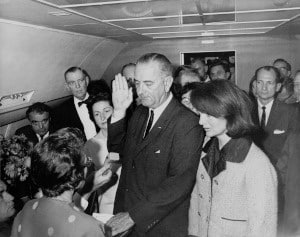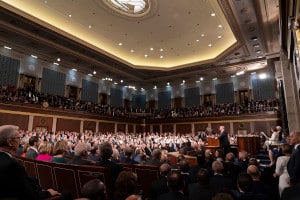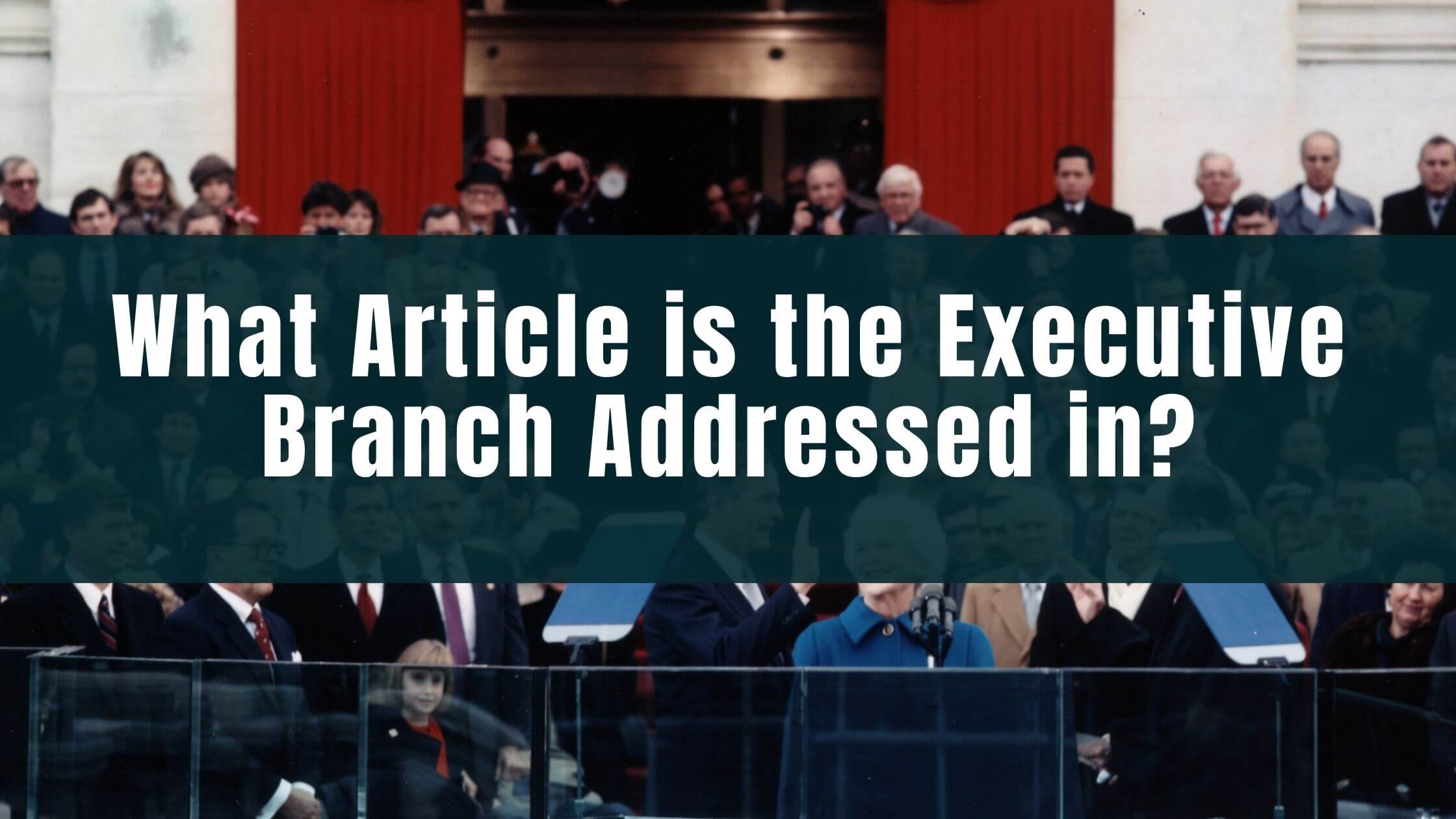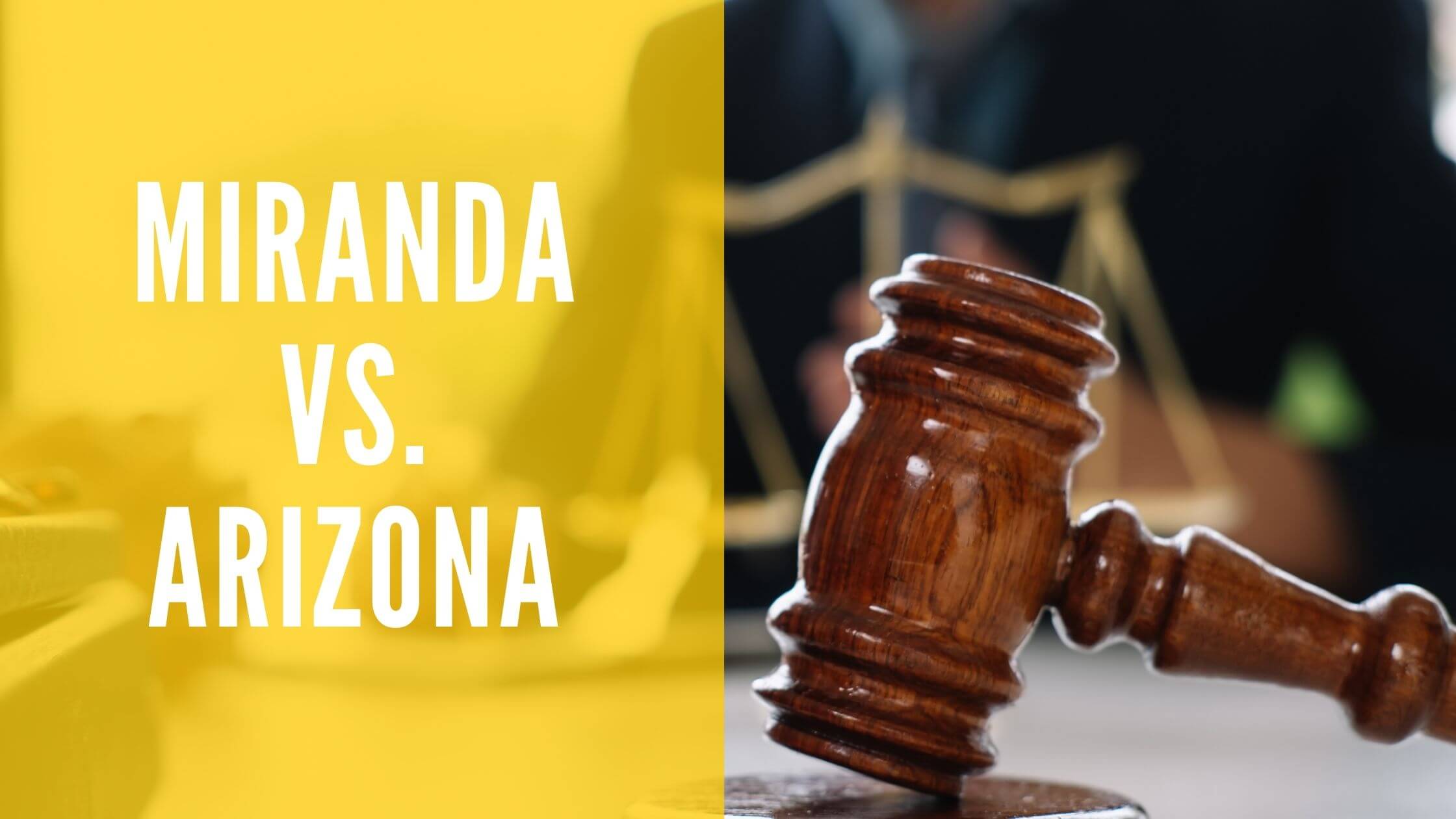Table of Contents
ToggleThe Executive Branch in the US Constitution
The US Constitution has proven to be one of the most successful constitutions in the world, providing the foundation for the rule of law in America for nearly 250 years. It created three separate branches of government, the legislative, executive, and judicial branches, each possessing different functions within the federal government. The executive branch, established in Article 2 of the Constitution, is responsible for enforcing legislation passed by the legislative branch, leading the nation in times of war, and appointing ambassadors, ministers, and other governmental officers.
The Articles of Confederation, the first constitution adopted by the United States, initially did not contain an executive branch. The Founding Fathers were suspicious of the idea of delegating large amounts of power to a single officer, remembering their struggles with King George III. However, the lack of a central figure at the head of governmental authority proved problematic, as the legislative branch, with its rivalries and factions, proved unable to adequately address the nation’s needs.
While the early Congress repeatedly failed to support the Continental Army effectively, George Washington continually rose to the occasion to successfully carry on the war effort during times of crisis. Due largely to Washington, who essentially functioned as a quasi-president of the nation while serving as commander-in-chief of the army, the American republic was able to win its independence from Great Britain. The Founding Fathers recognized the need for a strong, centralized executive figure to lead the nation, albeit with appropriate checks and balances.
Article 2, Section 1, Clause 1
The positions of president and vice president are established, both of which are elected to the same 4-year term of service. It is important to note that no term limitations are mentioned, meaning that a president and/or vice president could serve as many terms as they wanted if they were able to continue getting elected. The 22nd Amendment, ratified in 1951, eliminated this possibility by limiting the president to two terms.

Article 2, Section 1, Clause 2
Each state is required to select electors equal to the number of representatives and senators contained in the state. State legislators were given the purview to establish guidelines for appointing and selecting the electors. No individual currently serving as a representative, senator, or civil officer of the United States could be appointed as an elector.
Article 2, Section 1, Clause 3
The process for selecting the president and vice president is established, using the electors designated in the previous clause. Each elector is directed to vote for two individuals, one of which cannot be a resident of the elector’s home state. The votes are sealed and delivered to the president of the Senate, who will then open the seals and count the ballots.
The individual with the most votes is elected president as long as the vote total is a majority of the total number of electors appointed, while the individual with the second-highest vote total is elected as vice president. If two people both receive a majority and also have the same number of votes, the House chooses the president, with each state delegation getting one vote. If no individual receives a majority of votes, the House will vote on the five individuals with the highest vote totals, with each state delegation getting one vote.
If two or more individuals are tied with the second-highest vote total, the Senate is given the responsibility to choose the vice president. However, no details are specified about this process. The emergence of political parties soon revealed the faultiness of having the two highest vote totals serving on the same presidential administration since they were often bitter rivals.
The 12th Amendment, ratified in 1804, changed this process by directing the electors to cast one vote for president and one vote for vice president, allowing a president and vice president to be elected together and not separately.
Article 2, Section 1, Clause 4
Congress is given the authority over certain details of the electoral vote process, including the time the electors are chosen and the day the votes are held. All votes by electors in every state must be held on the same date throughout the country.
Article 2, Section 1, Clause 5
The office of the president can only be occupied by a natural-born citizen of the United States. A president must also be at least 35 years old and a resident of the United States for 14 years.
Article 2, Section 1, Clause 6
If the president dies, resigns, or is unable to perform their duties, the vice president will take over as president. Congress is given the authority to appoint a president if both the president and vice president are permanently removed from office or temporarily unable to perform their duties. The officer appointed as president will serve until another president is elected or the previous president or vice president can resume their duties.

Although this clause lays out a general guideline for presidential succession, it is noticeably silent on who has the authority to determine when a president is unable to perform their duties. It also does not provide a specific method for deciding who determines when a president can resume their duties if temporarily incapacitated. The lack of clarification creates a potential conflict if a president refuses to temporarily resign in a situation when they clearly should or seek to return to power before they are physically able to do so safely.

Get Smarter on US News, History, and the Constitution
Join the thousands of fellow patriots who rely on our 5-minute newsletter to stay informed on the key events and trends that shaped our nation's past and continue to shape its present.
Because of the relative ambiguity of this process, the 25th Amendment was passed to provide a more precise method for establishing the presidential line of succession. A specific process for appointing a new vice president was established, and a detailed procedure for dealing with a president leaving office temporarily and then returning to power was created.
In addition, two decades before the 25th Amendment was ratified, the Presidential Succession Act further clarified the order of succession, making the Speaker of the House third in line to the presidency, the President Pro Tempore of the Senate fourth, and the secretary of state fifth.
Article 2, Section 1, Clause 7
The president is given a salary for their term of service, which cannot be altered at any point during the term. They are prohibited from receiving any other form of compensation during their service.
Article 2, Section 1, Clause 8
Before a president takes office, they must take an oath affirming that they will faithfully execute the office of president and defend the US Constitution.
Article 2, Section 2, Clause 1
The president is appointed as Commander in Chief of the army and navy, essentially giving them complete control over the nation’s armed forces. They are also in command of all state militia units called into action in service of the federal government. Although this seems like an overly powerful designation for the Founding Fathers to invest in a single person, it is important to note that only Congress can declare war.
The president has the authority to require the written opinion of each principal officer of the executive departments on all matters relating to their duties and responsibilities. They also have the presidential power to issue pardons for any crimes committed against the United States, except offenses prosecuted by the impeachment process initiated by the House of Representatives and completed by the Senate.
Article 2, Section 2, Clause 2
As long as two-thirds of the Senate approves, the president has the executive power to make treaties with foreign nations. Along with the Senate’s advice, the president is also responsible for nominating ambassadors, judges of the Supreme Court, public ministers, and other civil officers of the United States.
Article 2, Section 2, Clause 3
They also have the executive privilege to fill any vacancies in the federal government if the Senate is in recess, granting temporary commissions that will expire at the end of the next session of Congress.
Article 2, Section 3, Clause 1
One of the president’s most visible duties, the State of the Union Address, is established. The president is directed to address Congress on the current state of affairs in the country and recommend different courses of action for their consideration. They can also call a special session of Congress in national emergency or crisis cases, apart from the State of the Union Address.

Although the State of the Union Address has evolved into an annual event, the US Constitution does not specify the number of addresses the president must perform to Congress. The US Constitution also does not delineate when the president needs to address Congress in their State of the Union Address.
The president is also given the authority to receive ambassadors and other foreign officials. They are directed explicitly to commission all officers of the United States.
Article 2, Section 4, Clause 1
The president, vice president, and all civil officers are subject to removal from office if impeached and convicted of crimes such as treason and bribery.










